CultPlatForm_21 - 2nd Transnational Danube Conference held from 6. – 8. of June 2018 in Linz, Austria
11-10-2018
The 2nd Transnational Danube Conference took place from 6.-8. of June 2018, in Linz, Austria and was organised by PP1 – SUA (Upper Austria Culture Quarter and the Museum of Upper Austria representing the Cultural Directorate of the State of Upper Austria) in cooperation with the Lead Partner and PP2. The project meetings, stakeholder meetings, panels and workshops were held at the Landesgalerie Linz, the Ars Electronica Centre and at the University of Arts and Design Linz; dinner receptions were held at the Upper Austria Culture Quarter and at the MS Anton Bruckner ship; and on the last day of the conference, two visits were organised to the Roman remains exhibitions in the Upper Austria and to the former concentration camp Gusen to the visit artistic and ICT projects portraying history and heritage.

The central topic of the Linz conference was world heritage, with emphasis on UNESCO World Heritage and the European Year of Cultural Heritage 2018. The plan was to engage experts and to present best practice examples of artistic and ICT tools and projects aimed at making cultural heritage more visible and connectable with touristic cultural routes, enhancing the economy as well as the feeling of belonging to the common European space. More than 120 attendees registered and some participants entered the conference through direct invitation (keynote speakers and presenters).
The conference begun with internal CultPlatForm_21 project meetings at the Landesgalerie Linz. All the partners and most of the associated partners participated in the meetings on the afternoon of 6 June. A number on internal project issues were discussed: action plans, pilot projects, documentation and internal and external communication. The most interesting session of the afternoon was the last session that was moderated by Ms. Elisabeth Pacher, coordinator for the Lead partner. A number of relevant tourism stakeholders joined this session that was focusing on Cultural Routes. The discussion was interesting, lively and fruitful and ideas for 4 themes for cultural routes were formulated. Meetings on the 6. of June 2018 were followed by a reception dinner at the roof of the OÖKQ and the visit of the Höhenrausch 2018 exhibition.

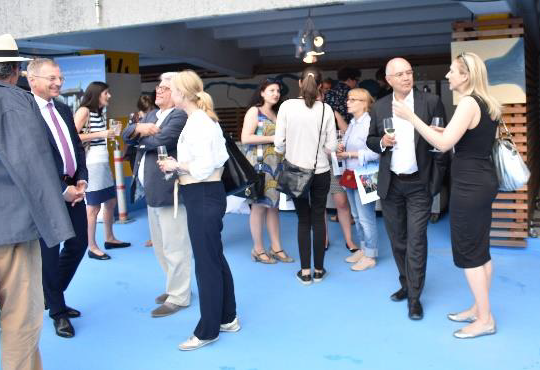
The second day of the conference begun with the registration of participants and with welcome speeches by Ms. Elisabeth Pacher and Mr. Martin Sturm. The first two sessions on that day were the panel and the discussion on world heritage and facilitation of history for the audience of the 21st century, which was actually the Work Meeting 5, as foreseen by the project plan. The joint conclusion of all involved in the organisation of the conference was that it would be most beneficial to have the WM5 open to all interested parties, all the conference participants, because the topics covered by the WM5 were essential for the project and for the development of hidden heritage discoveries and use in the region.

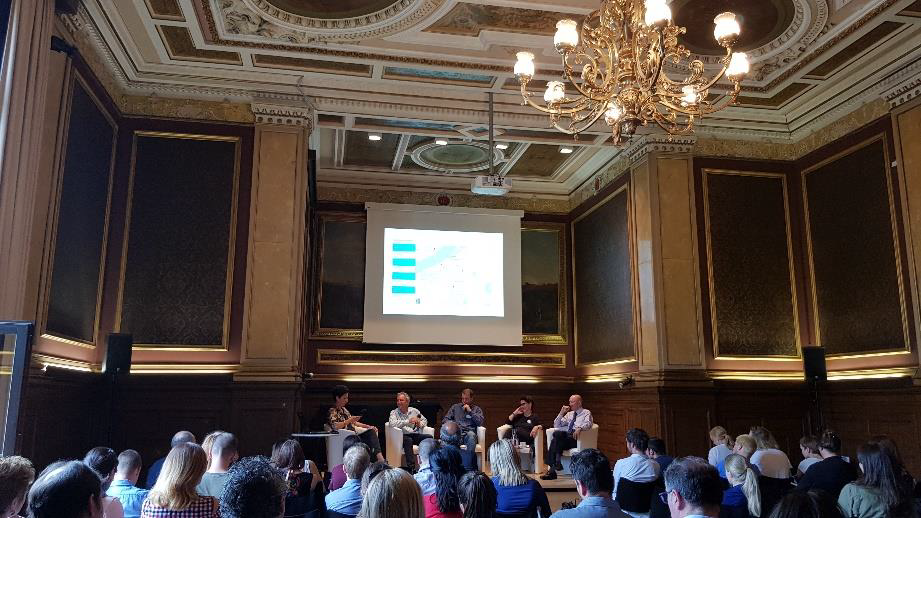
The keynote speakers for the first session were Prof. Dr. Elisabeth Schweeger, Prof. Dr. Nigel Mills, Prof. Dr. Nikolay Ivanov Nenov. For the second session, they were joined by the BBS journalist Nick Thorpe. Both sessions were moderated by Ms. Elisa Calosi. Keynote speakers and the moderator were chosen for their specific expertise and unique insight into the topics of world heritage, hidden heritage and facilitation of history for contemporary audiences.
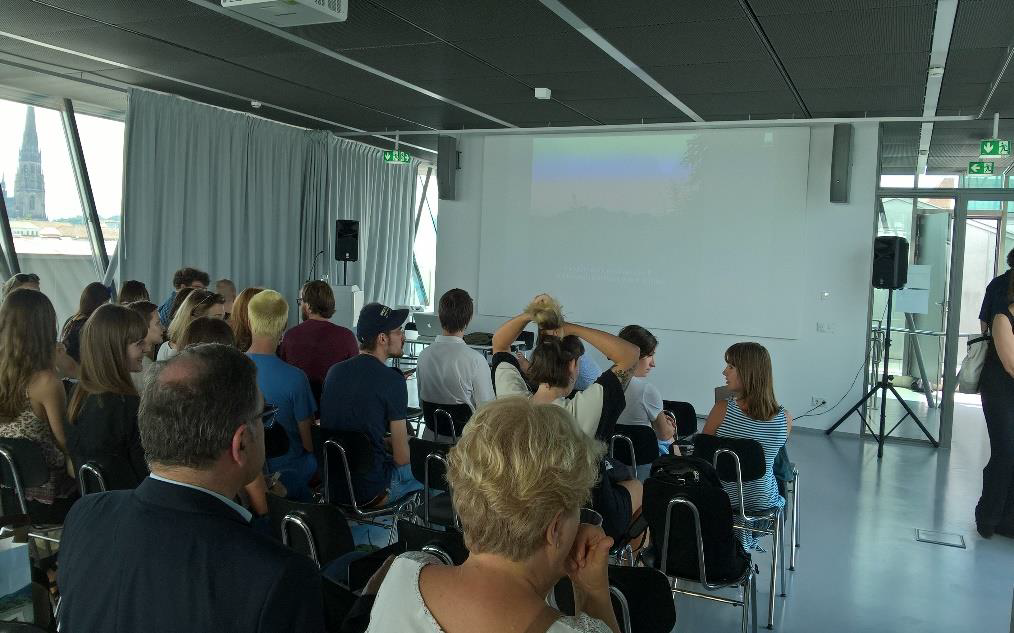
Then the conference participants split into two groups – one went to the University of Arts and the other went to the Ars Electronica Center. Half of the participants of the conference listened to the best practice example presentations at the University of Arts and Design Linz. There six artists presented interesting projects which was followed by a discussion about the issues, advantages, difficulties and possible reach of such projects. The other half went to the Ars Electronica Center in Linz, where six ICT projects were presented. Discussions were aimed towards the reach of ICT projects, as well as towards the technical requirements and their availability.
The day was finished with a dinner and a boat ride at MS Anton Bruckner with the goal to provide a space for participants to discuss the daily events less formally, but also to get back to the initial impulse not only for the project and the whole programme, but also for the culture of the region – the great river Danube.
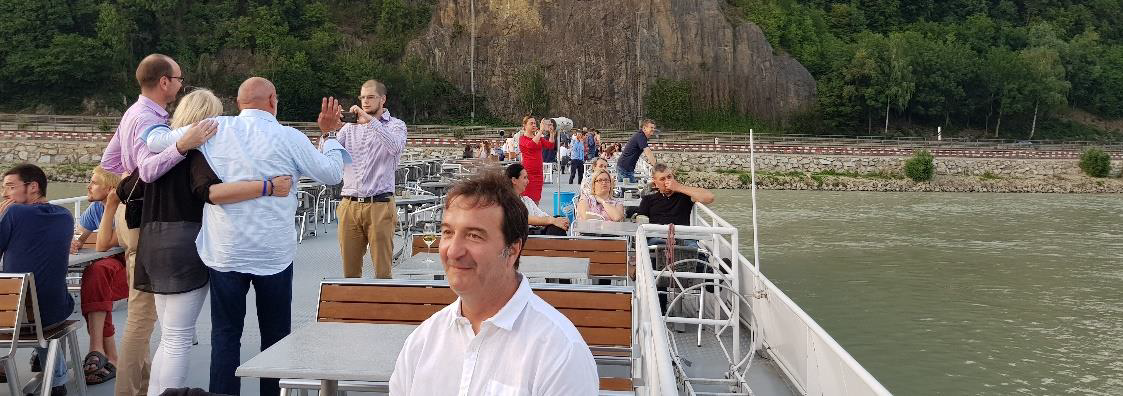
The last day of the conference was reserved for the visits to two very different heritage projects. One was the visit to the Roman remains in the Upper Austria, mainly in Schlögen, including the presentation of the some of the stereo viewers that were set up within the framework of the CultPlatForm_21 project and the reconstruction of the Roman Bath that was also done by the OÖ Landesmuseum.

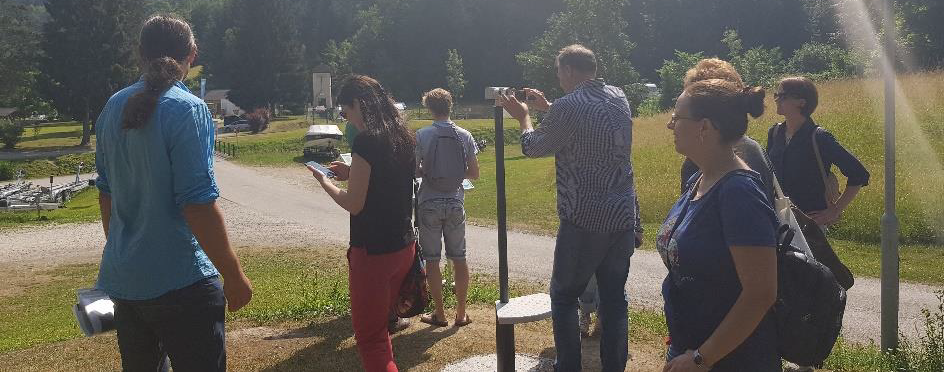
At the same time, the second group went to visit the former concentration camp site in Gusen that was artistically portrayed through the project Audioweg Gusen. The interesting thing about this project is that there are hardly any physical interventions. The project relies on audio recordings of testimonies of both the prisoners, inhabitants and the guards. Although the project is very moving, the conclusion of the visitors was that subjects like these are also a part of the heritage and they need to be addressed with great sensibility, just as the artist Christof Mayer has done.
